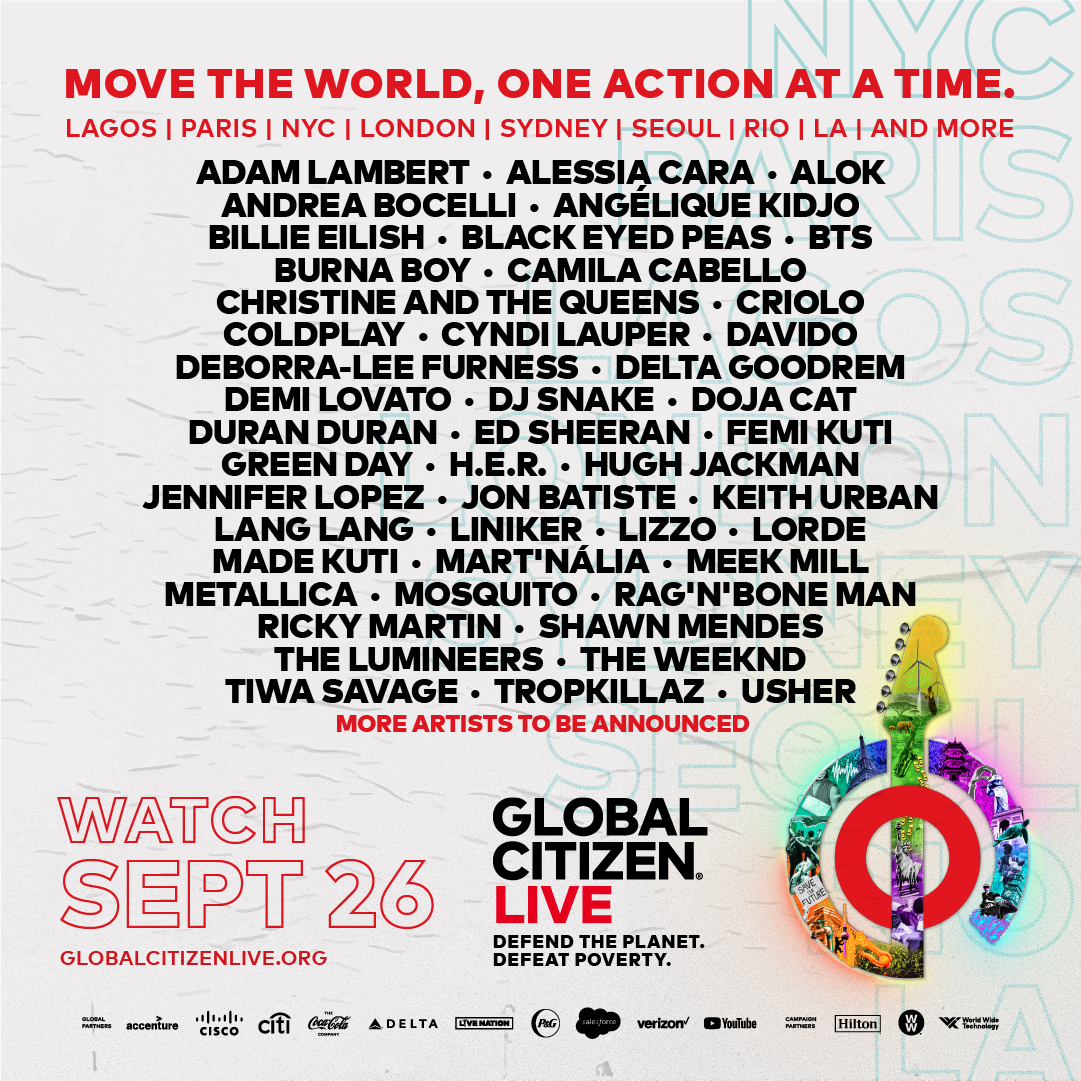The COVAX Facility has announced that it will not reach its target of delivering 2 billion COVID-19 vaccines to low- and middle-income countries by the end of 2021, and will instead be reducing its target to 1.425 billion doses.
In a statement released on Wednesday Sept. 8, the organisations behind the facility, including the GAVI Vaccine Alliance, UNICEF, the Coalition for Epidemic Preparedness Innovations (CEPI), and the World Health Organisation (WHO), said that the decision to cut its target came from a number of factors. These include export restrictions by India that have prevented one of the world’s largest vaccine suppliers, the Serum Institute, from delivering, as well as manufacturing issues and delays in regulatory approvals.
"This is of course bad for the whole world as we’ve seen the dreadful consequences that take hold when the virus is left to roam unchecked," said GAVI CEO Seth Berkley at a media briefing on the target change.
While the new target will impact several countries and regions that have signed on to benefit from the COVAX initiative, Africa, which is the furthest behind in its vaccine rollout having only fully vaccinated 3.6% of its 1.3 billion population, is set to be largely affected by the reduction in vaccine deliveries.
Initially COVAX was aiming to deliver 700 million doses to Africa this year, a target that was further reduced to 520 million as the year went on. However, according to the BBC, the facility has now confirmed that it will fall short by a further 100 million vaccines.
African countries have been heavily reliant on deliveries from COVAX, and with their vaccine rollouts having already been delayed as a result of vaccine nationalism, this announcement could set the continent even further back in the mission to defeat the pandemic.
As it stands, the continent will likely struggle to reach the global goal of vaccinating at least 40% of populations per country by the end of the year. With more setbacks such as COVAX’s target change, this goal can only move further and further out of reach.
In fact, most countries on the continent are currently battling to reach the WHO-set target of vaccinating 10% of their populations by the end of September. WHO Africa Director, Dr. Matshidiso Moeti, pointed to lack of regional preparedness and vaccine hoarding as a key reason behind Africa’s rollout delays.
“Vaccine hoarding has held Africa back and we urgently need more vaccines, but as more doses arrive, African countries must zero in and drive forward precise plans to rapidly vaccinate the millions of people that still face a grave threat from COVID-19,” said Dr. Moeti.
In a statement the WHO also highlighted that while Africa is sitting at just 3% of its population being fully vaccinated, wealthier regions like the United States and European Union have fully vaccinated more than half of their populations, having inoculated 52% and 57% of their populations respectively.
“The inequity is deeply disturbing,” said Dr. Moeti in the statement. “Just 2% of the over 5 billion doses given globally have been administered in Africa. Yet recent rises in vaccine shipments and commitments shows that a fairer, more just global distribution of vaccines looks possible.”
Despite the urgent need for vaccine doses to reach vulnerable countries, wealthy nations are already planning for — and even beginning in some cases — the rollout of COVID-19 booster shots, which are an additional dose of the vaccine for those who have already been fully vaccinated.
This goes against calls from the world’s health leaders to refrain from doing so — in order for more people to first get access to a first and second dose — and more than this, scientists have pointed to there not yet being a need for booster doses.
Other than COVAX, African countries are expecting vaccines from direct deals with pharmaceutical companies as negotiated by their governments or the African Union, as well as donations from wealthy countries.
You can join the Global Citizen Live campaign to defeat poverty and defend the planet by taking action here, and become part of a movement powered by citizens around the world who are taking action together with governments, corporations, and philanthropists to make change.
